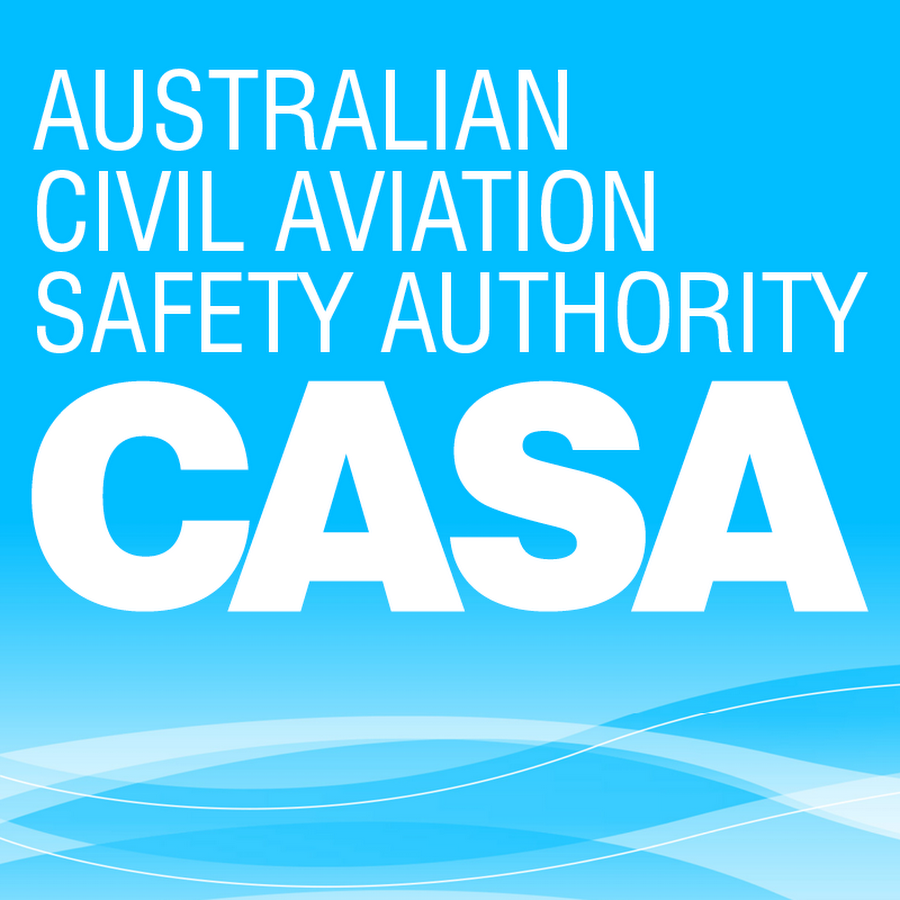
 CASA has announced amendments to Part 101 that came into effect on 29 September 2016, reducing the cost and legal requirements for lower-risk remotely piloted aircraft (RPA) operations. Learn more about the amendments to Part 101.
CASA has announced amendments to Part 101 that came into effect on 29 September 2016, reducing the cost and legal requirements for lower-risk remotely piloted aircraft (RPA) operations. Learn more about the amendments to Part 101.
As part of the amendments to Part 101 that came into effect on 29 September 2016, CASA also created an excluded category of remotely piloted aircraft, allowing private landowners to carry out some commercial-like operations on their own land with:
- a small RPA (2-25kg) without needing anRPA operator’s certificate (ReOC) or a remote pilot licence (RePL)
- a medium RPA (25-150kg) without needing a ReOC. (You will require an RePL).
Australia’s safety laws for drones, or more technically correct, remotely piloted aircraft (RPA), as defined in the Civil Aviation Safety Regulations Part 101, vary for flying commercially or recreationally.
From 29 September 2016, if you are flying for money, or any form of economic gain, you need to have an RPA operator’s certificate (ReOC), or if you’re flying an RPA weighing less than two kilograms, you simply need to make a notification (notify).
If you are flying for recreation purposes only then the regulations are less restrictive and allow you to fly an RPA without needing to be certified, providing you follow some simple safety rules.
Holders of UAV operator’s certificate (UOC) can continue to operate as per their certificate and will only be issued a ReOC from 29 September 2016 if the certificate is varied or renewed.
Full details available at https://www.casa.gov.au/aircraft/landing-page/flying-drones-australia





